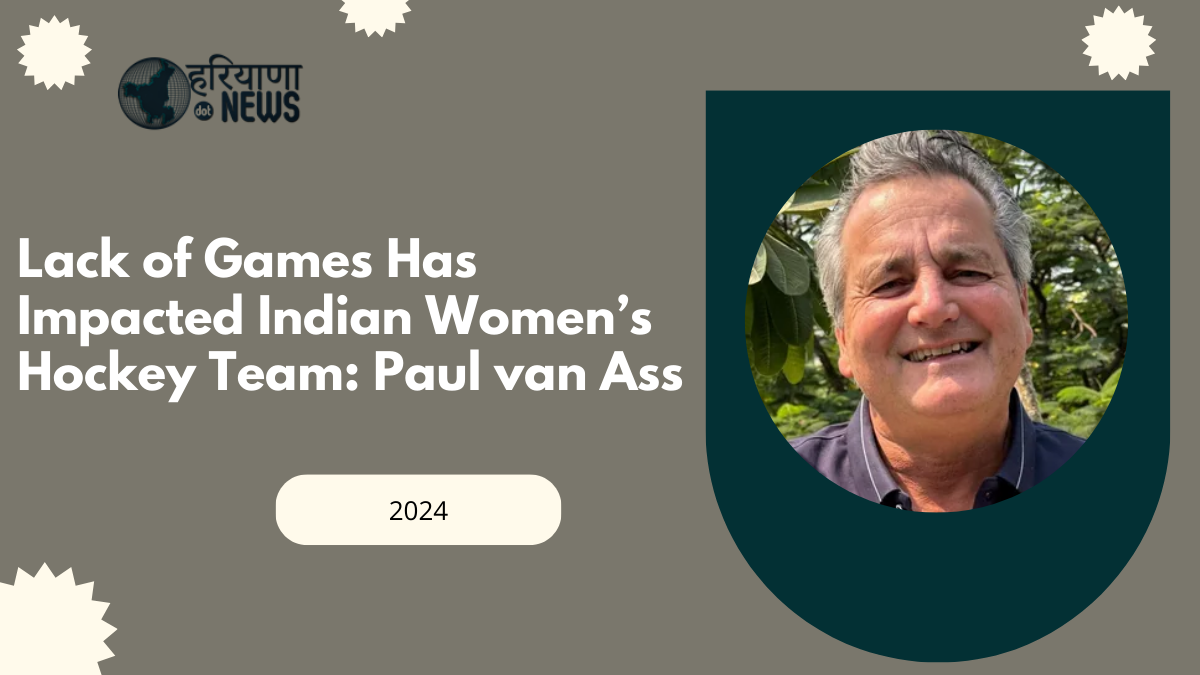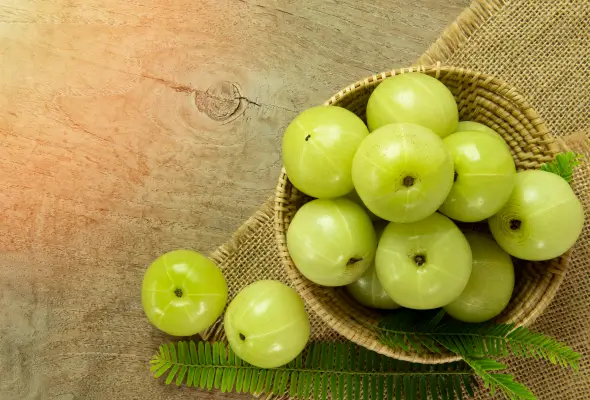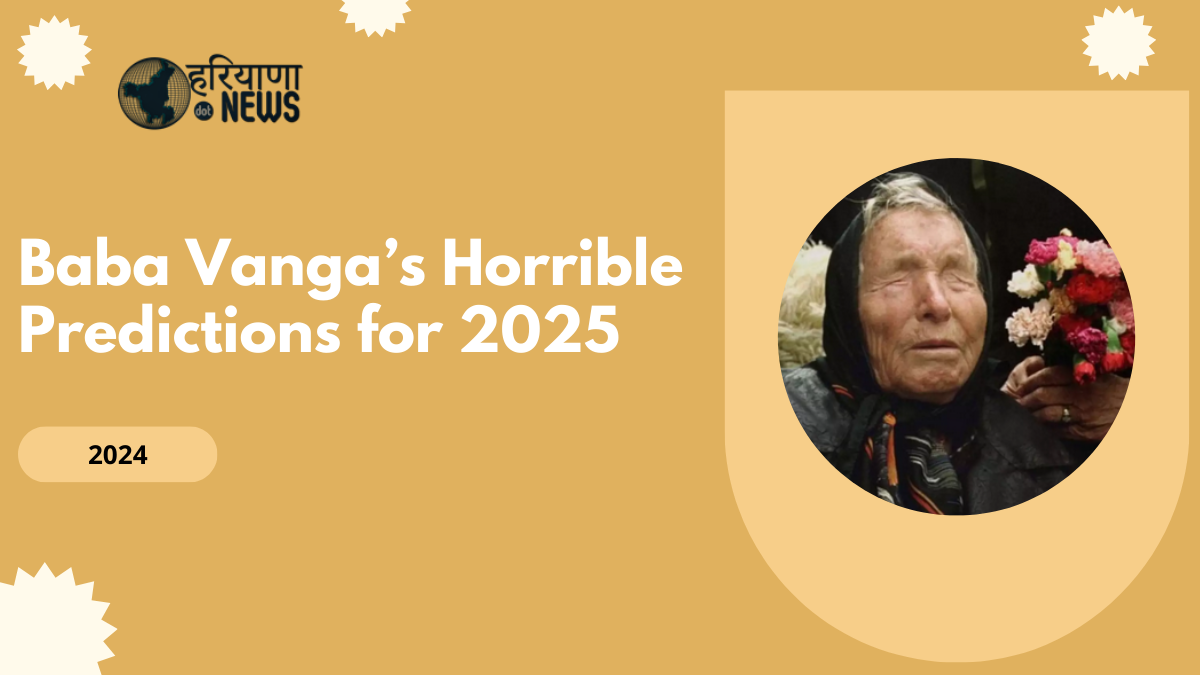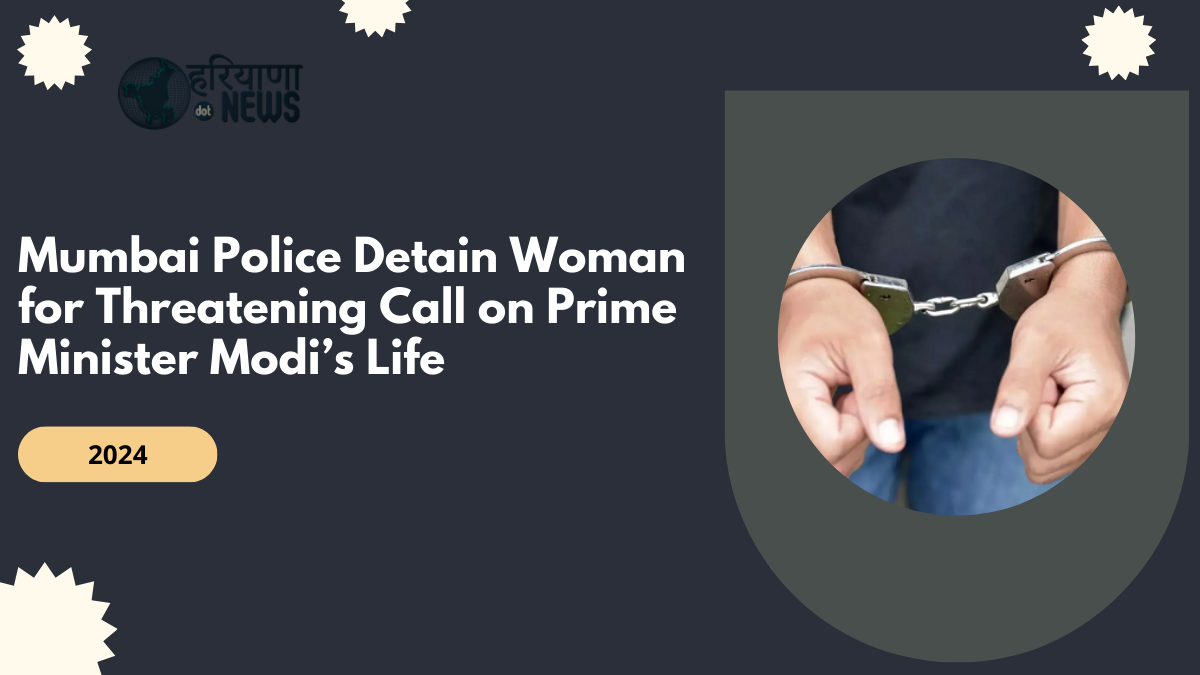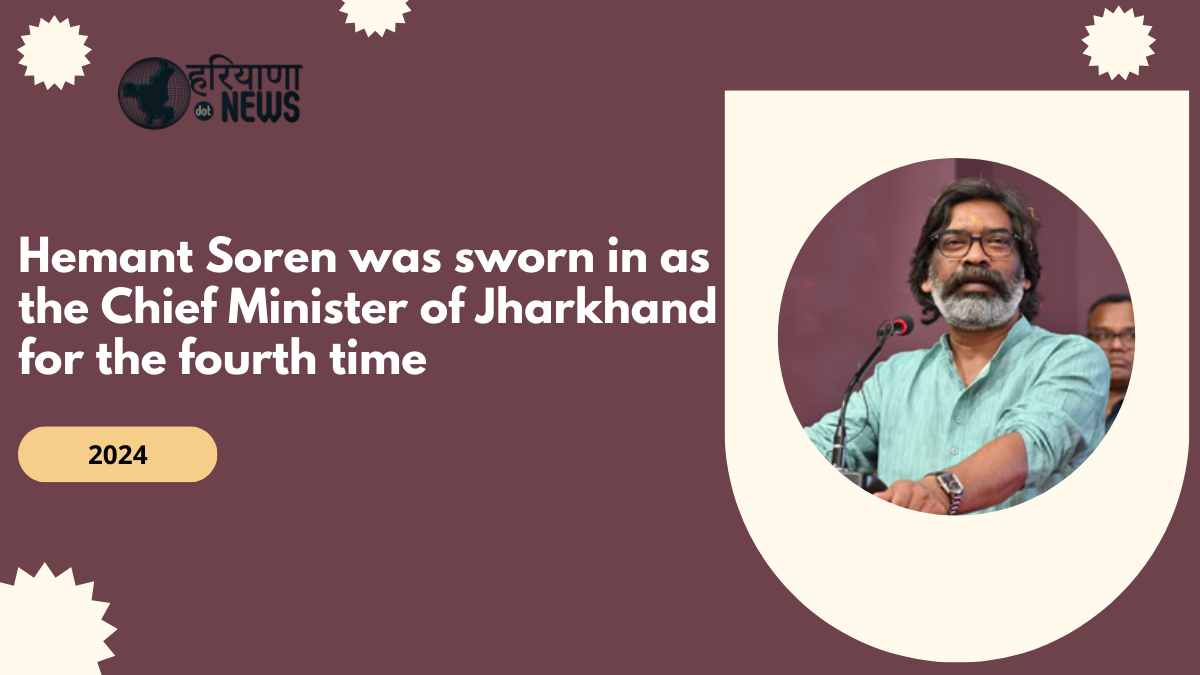Paul van Ass, the Dutch coach who led the Netherlands women’s team to gold at the Paris Olympics, has returned to India to coach the UP Rudras in the revamped Hockey India League (HIL). Having spent years coaching at the international level, van Ass now seeks a slower pace in his career, especially after securing the ultimate prize in hockey.
Van Ass’s Illustrious Career and Shift to HIL
At 64, Paul van Ass has a distinguished coaching career, guiding the Dutch women’s team to gold at the Paris Olympics, a remarkable achievement where both Dutch men’s and women’s teams clinched the top prize. He also coached the Dutch men’s team to a silver medal at the 2012 London Olympics.
Despite his international success, van Ass finds it hard to stay away from India. He has a deep connection with the country, having previously coached the Indian men’s team in 2015 and frequently visiting for professional and personal reasons. He has toured many cities, often with his family, including his son Seve, who played in the gold-winning Dutch team at the Paris Olympics.
This time, van Ass is returning to India as the head coach of UP Rudras for the Hockey India League, which is making its comeback after an eight-year hiatus. The league will run from December 28 to February 1.
Taking a Step Back from International Hockey
Van Ass, while attending the HIL players’ auction, shared his decision to move away from coaching national teams. “I still run my investment company, which is my top priority. Plus, I’m not young anymore,” he said, revealing that he recently turned down offers from two national teams. He emphasized that while he finds the HIL manageable and fun, coaching at the national level demands too much, and after leading the Dutch women’s team, he wants to focus on other aspects of his life.
Indian Women’s Team: Lack of Competitive Matches
As a close observer of global hockey, van Ass has been following the Indian women’s team. He expressed disappointment over their failure to qualify for the Paris Olympics, especially after successfully making it to the Rio 2016 and Tokyo 2021 Games. According to him, the core issue for India is the lack of competitive, high-quality games.
“In the Netherlands, we play about 50 matches in a season, while in India, you are restricted to around 15,” van Ass said. He pointed out that by the time Indian teams start to get into form during tournaments, it’s often too late to make a significant impact.
Geographic and Structural Challenges for Asian Teams
European teams enjoy geographical advantages such as easy access to top-quality opponents and venues that are just a short drive away. Asian teams, including India, do not have this luxury. However, van Ass believes that the relaunch of the HIL can help bridge this gap.
He highlighted the need for more high-level games and test matches for Indian teams. “If that’s not possible, then HIL, with its slightly lower level of play than international hockey, can still provide a great platform for young players to develop and understand the demands of top-level competition,” he added.
 How India vs Australia Became Cricket’s Greatest Rivalry in the Modern Era
How India vs Australia Became Cricket’s Greatest Rivalry in the Modern Era
 Rishabh Pant Dismisses Sunil Gavaskar’s Claims, Suggests Issues with Delhi Capitals Before IPL Auction: “Not About Money”
Rishabh Pant Dismisses Sunil Gavaskar’s Claims, Suggests Issues with Delhi Capitals Before IPL Auction: “Not About Money”
 Australia Legend Worried Rohit Sharma’s Captaincy Might be Threatened if Jasprit Bumrah Leads India in First Test
Australia Legend Worried Rohit Sharma’s Captaincy Might be Threatened if Jasprit Bumrah Leads India in First Test
 KL Rahul Finally Addresses Viral Dugout Incident with LSG Owner Sanjiv Goenka
KL Rahul Finally Addresses Viral Dugout Incident with LSG Owner Sanjiv Goenka
 Kohli and Bumrah’s Absence at India’s First Perth Training Session, Amid Heightened Security
Kohli and Bumrah’s Absence at India’s First Perth Training Session, Amid Heightened Security





The Long-Term Impact of HIL on Indian Women’s Hockey
Van Ass believes that the HIL will have a significant positive impact on the Indian women’s hockey team. He explained that playing alongside top international players will not only boost the confidence of Indian players but also help them realize that even the best players make mistakes, which can ease their own performance pressure.
The Dutch coach also addressed China’s surprising silver-medal finish at the Paris Olympics, noting that China’s success has been driven by heavy investments and access to the world’s best coaching, something that most nations, including India, cannot easily replicate.
The HIL: A Catalyst for Indian Hockey
Van Ass believes the HIL could be a game-changer for Indian hockey. The league, with an intelligent structure that limits overseas players and includes four junior Indian players per team, is designed to give local talent more exposure.
“HIL has the potential to do for the women’s team what it did for players like Hardik and Harmanpreet in men’s hockey,” van Ass remarked. These stars, who emerged from the HIL, have now become international icons and double Olympic medallists.
He is optimistic that the HIL will shine a spotlight on Indian women’s hockey. “It will start small, but if the team can grow, this league can provide them with the international standard they need,” he concluded.
Click here to know more.

